10 Things To Know About The Nova Scotia Duck Tolling Retriever

You’ve heard of Golden Retrievers and Labradors, but have you met the Nova Scotia Duck Tolling Retriever? Often flying under the radar, this pint-sized powerhouse packs a punch with its intelligence, charm, and energy. So, let’s take a look into what makes this breed so special and why it deserves to be in the spotlight.
Origin And History

As the name implies, Nova Scotia hails from the Canadian province of Nova Scotia. Moreover, in the 1800s, it was bred specifically for waterfowl hunting, which blended the best traits of retrievers, spaniels, and other native breeds.
Unique Hunting Style
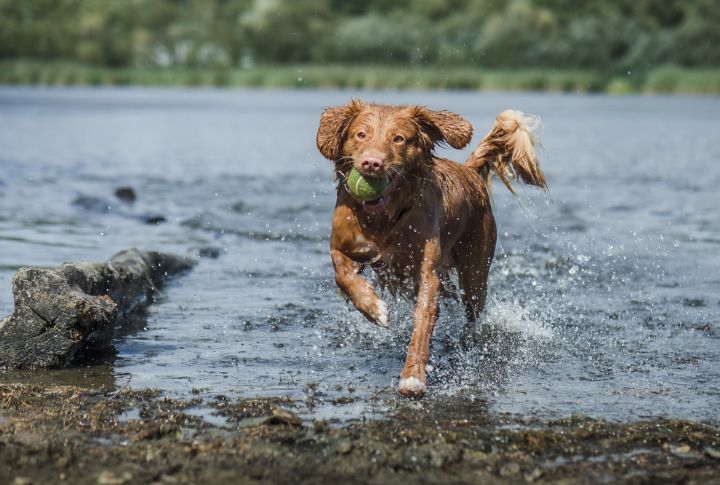
This breed is known for its impressive tolling ability. They lure ducks close to hunters by splashing and playing in the water. This behavior entices ducks, leading them directly into the hunters’ range. It’s a skill few breeds possess, which makes the Toller an exceptional companion for hunters.
Energetic And Intelligent
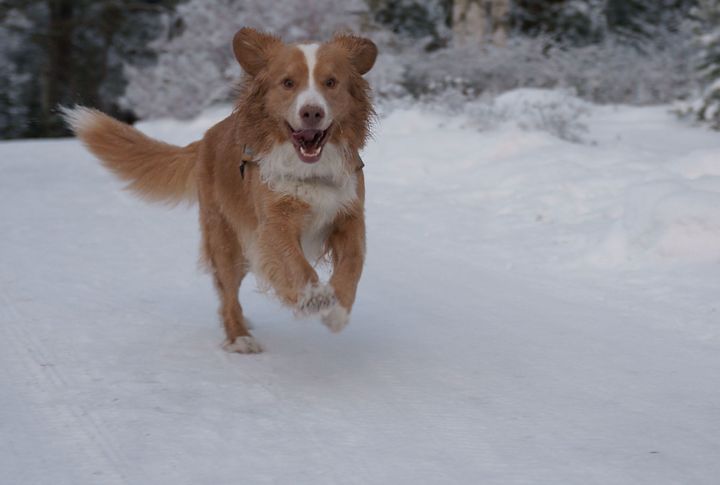
Fast-moving and quick-witted, the Nova Scotia Duck Tolling Retriever is intelligent and filled with high energy. They excel in dog sports, including agility and obedience, and crave overall stimulation, making them a great choice for active owners.
Compact Yet Athletic Build
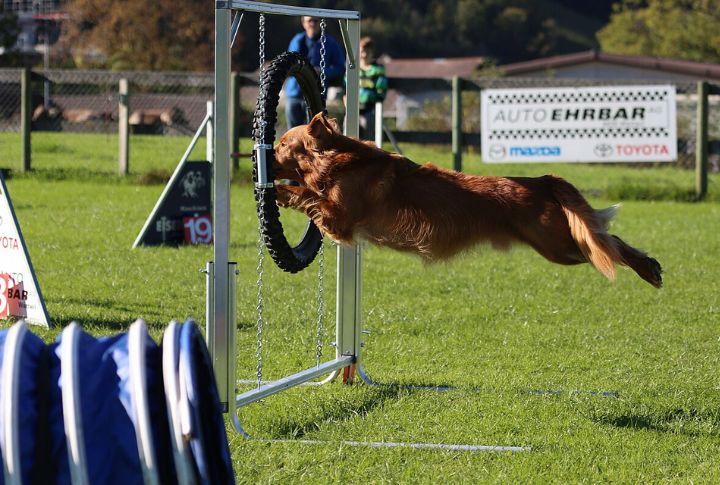
The Nova Scotia Duck Tolling Retriever is all muscle, motion, and mischief in a travel-sized package. A compact frame hides the heart of a sprinter and the soul of a swimmer. Moreover, muscular shoulders launch into action, and a plume-like tail signals nonstop enthusiasm.
Independent But Affectionate

Though loving and loyal, the Toller has an independent side. While it bonds closely with its family, it does also require constant attention. Its independent streak means it can entertain itself, but keen attention is essential to prevent mischief.
Training And Socialization Needs
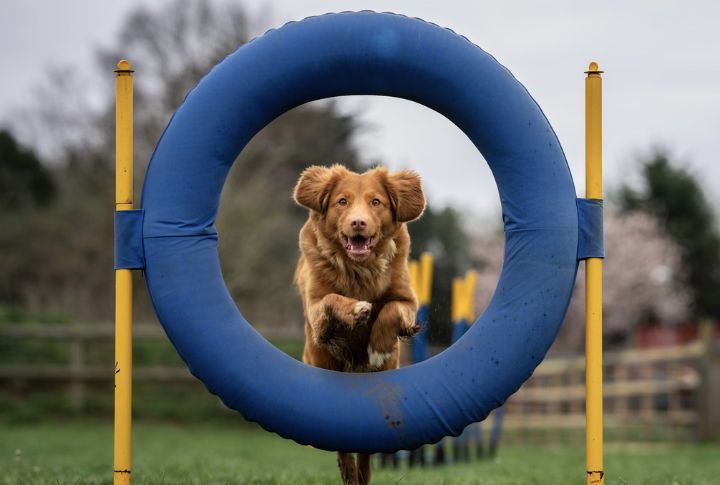
Brains match the brawn here, so training needs to stay sharp, upbeat, and consistent. With this breed, harsh methods flop fast, and encouragement brings brilliance. Socialization can’t wait either, as early exposure to dogs, people, and unfamiliar scenes builds confidence and curbs shyness.
Health Considerations And Care
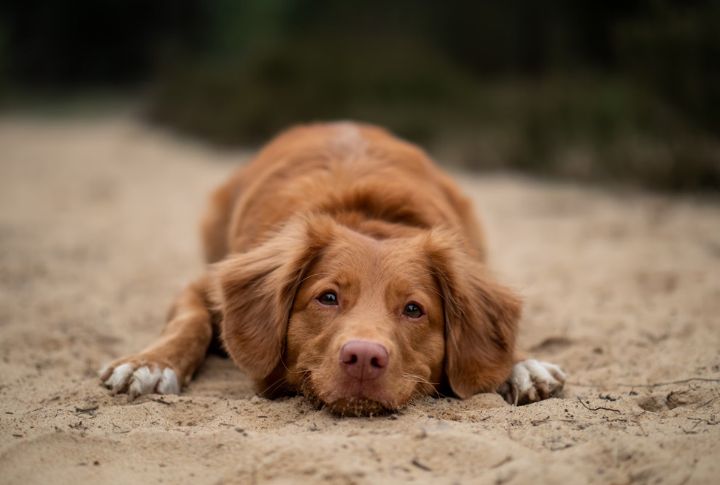
Known for its relatively good health, the Toller still faces a few common issues, including hip dysplasia and autoimmune diseases. These conditions can be mitigated with vet visits and a healthy lifestyle. Prevention is key, so ensuring your Toller stays fit is critical to avoiding potential health problems down the line.
The Perfect Family Companion

Despite its hunting background, this breed is surprisingly family-friendly. It’s playful, affectionate, and enjoys participating in family activities, which makes it an excellent choice for households that are active and engaging.
Adaptability To Various Climates
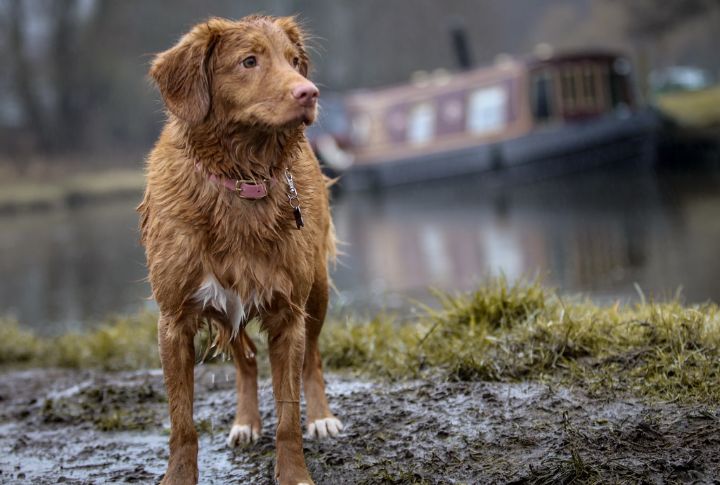
The Toller’s double coat makes it an adaptable dog in most climates. While it thrives in cooler environments, Toller can also handle warmer temperatures, provided it has access to water and shaded areas. Be mindful of heat, though, as prolonged exposure can tire them out quickly.
Longevity And Maintenance
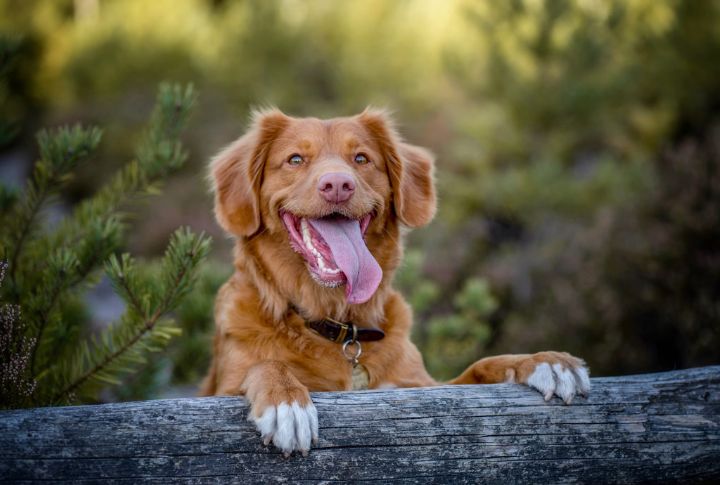
Expect your Toller to live 12 to 14 years with proper care. That fox-red coat? Gorgeous, but not low effort. Weekly brushing keeps shedding in check and coats glossy, and seasonal blowouts call for extra grooming love. Lastly, their ears crave regular checks to dodge moisture mishaps.





